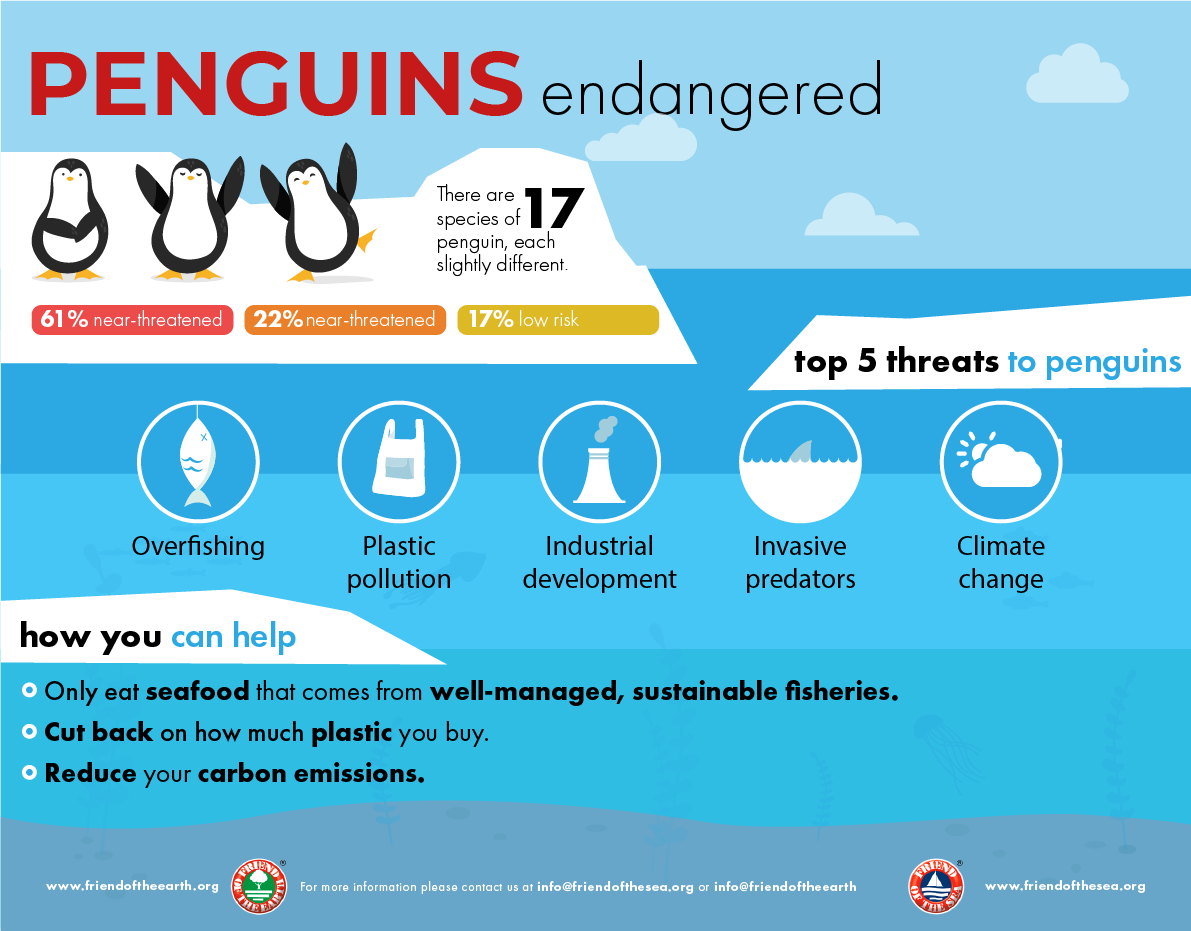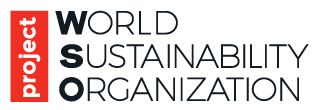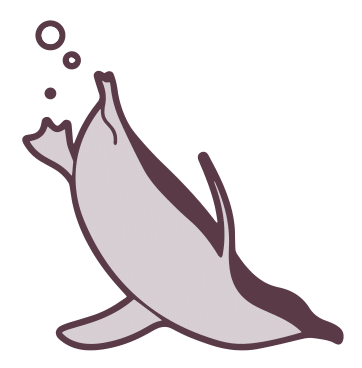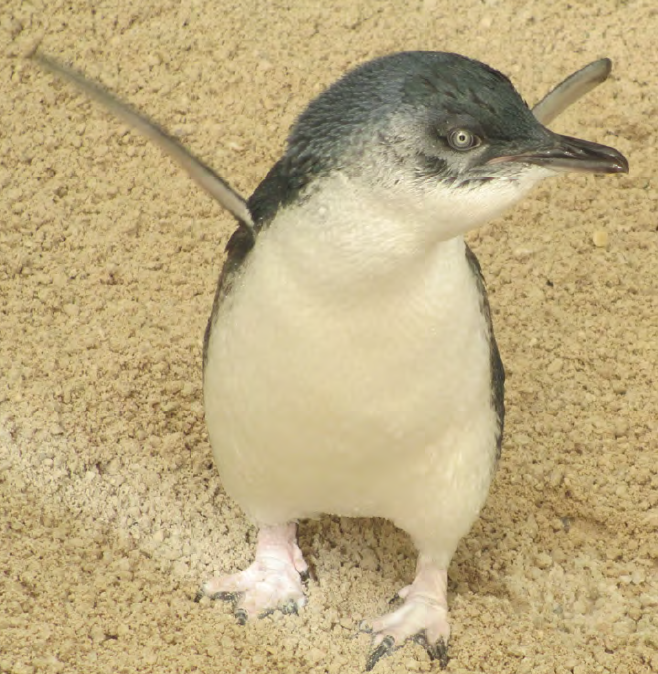The Problem
Penguins are charismatic, flightless seabirds that put a smile on our faces as they waddle determinedly about. These endearing creatures touch the hearts of many and epitomize what marine conservation is all about.
Penguins are found throughout the southern hemisphere, from the cold Antarctic region to the tropics, but are most prolific in the remote Antarctic region and on subantarctic and temperate islands that are relatively free from terrestrial predators. Being flightless means penguins are limited in terms of their foraging range and ability to search for food compared to their counterparts that are able to fly. In order to survive, penguins need to be able to find a predictable source of food (typically comprising krill, squid and small fish) that is within their foraging range. Consequently, penguins populations tend to be found in nutrient-rich cold waters where ocean productivity is high, such as around continental shelves and areas where upwelling provides a supply of nutrients that drives productivity.
Understand the decline to save the penguins
There are several factors driving the decline of penguin populations, including:
- Fishery Interactions — Entanglement in fishing gear, particular fishing nets, has a significant impact on penguins. Penguins can get caught in fine meshed gillnets set by local fishermen or in trawl nets dragged behind commercial fishing vessels. Once entangled in a net, there is no way for the penguin to escape and it will drown. According to a Birdlife International study, it is estimated that more than 400,000 seabirds, including penguins, are caught in gillnets each year. Only four out of the 18 penguin species have not been recorded as bycatch in gillnets, with Humboldt, Megallanic, Yellow-eyed and Little penguins being the most vulnerable.
- Overfishing — Competition with humans for dwindling fish stocks can affect survival of both adults and their chicks, resulting in population declines at affected colonies as parents are unable to successfully raise their chicks. Both the African penguin and the Humboldt penguin have been impacted by overfishing of their primary food source — sardines and anchovies. Krill, the primary food source for many penguin species in the Antarctic region, is commercially fished for aquaculture feed and human nutritional supplements. Should this industry expand, it could severely impact the survival of penguins that depend on this resource. Friend of the Sea verifies the good management of the krill and small pelagics fisheries.
- Degradation/Loss of Breeding Habitat — Harvesting of guano for fertilizer at some colonies in the past has stripped the landscape, leaving nesting sites exposed to the elements and more vulnerable to predation. This has severely impacted nesting success on many island colonies around southern Africa, exposing breeding African penguins to heat stress, forcing them to abandon their nests and leave their eggs or chicks vulnerable to predation by gulls, or to succumb to the elements. Guano harvesting is now banned globally, but the impacts are still being felt today. The introduction of herbivores such as rabbits and sheep have also taken their toll at some colonies, destroying vital habitat that provides shade and protection from predators. Introduced predators such as rats, ferrets, cats, dogs and pigs, which are known to feed on penguin eggs, chicks, and even adults, have had a devastating impact at some penguin colonies.

Environmental Consequences
Over half the world’s penguin species are in grave danger of going extinct unless we take action now. The situation is dire. Penguin numbers have declined at such an alarming rate, they are now the second most threatened seabird group in the world after albatrosses, with 10 of the 18 penguin species in danger of going extinct.
The African penguin and Galápagos penguin are both considered endangered, together with the Northern Rockhoppers, Erect-crested Penguin, Yellow-eyed penguin. There are believed to be less than two thousand Galápagos penguins left in the world. Other penguins are on the verge of becoming endangered, like the Emperor and Adelie penguins, which live in Antarctica.
Possible Solutions to save the penguins
As penguins are constrained by both breeding habitat and food availability, their plight is unique in that they are tied to their breeding colonies on the one hand, but are restricted by food availability on the other. In order to successfully raise their young, and to ensure their own survival during the demands of molting and breeding stages, they need access to a readily available food supply situated within close proximity to the breeding colony. If we wish to have any hope of reversing the sharp declines in penguin populations, conservation efforts need to focus on improving breeding success, while also reducing adult mortality. There are several ways to achieve this, including
- Fisheries Management — Closing fishing grounds around breeding colonies is one possible solution. Creating Marine Protected Areas around penguin colonies will protect schooling fish in these protected areas, reduce competition with fisheries, and result in there being more fish available for penguins to feed on. This will not only help to reduce adult mortality from both starvation and entanglement in fishing gear, but should also improve breeding success — especially if combined with other strategies to improve chick survival rates.
- Improving Fishing Practices — The killing of penguins in fishing nets can be reduced by educating and working with the fishing industry to implement new technologies and best practices that limit the incidental bycatch of penguins.
- Improving Breeding/Nesting Habitat — Implementing measures to limit habitat degradation/loss at penguin breeding sites can help to reduce nest abandonment and improve breeding success. The provision of artificial nest boxes and burrows that provide shelter from hot and cold and protection from predators is one possible solution. Studies conducted at African penguin breeding sites in South Africa and Namibia have shown that artificial nest boxes increased breeding success at the study sites.
- Hand-rearing Chicks — Many African penguin chicks die of starvation after being abandoned during heat waves, or due to molting coinciding with breeding. Conservation organizations are now stepping in to rescue orphaned chicks, which are then hand-reared and released back into the wild when they reach fledgling age. More than 7000 hand-reared chicks have been released back into the wild since the Southern African Foundation for the Conservation of Coastal Birds (SANCCOB) launched the Chick Bolstering Project in 2006. According to SANCCOB, “the hand-rearing of orphaned chicks has been identified as an essential and successful component of bolstering the wild population.” Follow-up studies have shown that the survival rates of the hand-reared chicks released back into the wild are similar to those of parent-reared birds, making it a worthwhile conservation intervention for boosting wild populations.
Some of these management interventions will not only help to conserve and save the penguins but may also help protect other marine species from facing a similar plight.
WSO's Activities and Initiatives
The World Sustainability Foundation provides financial support for the Penguin Rehab & Release is based in the North-West of Tasmania and dedicated to rehabilitating penguins (and other seabirds) that come into care due to illness, injury, or misadventure, with the aim of preparing them for successful release back into the wild.
The aim of our collaboration is the following:
– Sponsorship of Little Penguins in long-term care to support their rehabilitation for release back into the wild, each bird for twelve months of care.
– Sponsorship of Little Penguins in long-term care to support their rehabilitation for release back into the wild, each bird for one month of care.
– Sponsorship of Little Penguins in long-term care to support their rehabilitation for release back into the wild, each bird for one week of care.
– Replacement of penguin swimming pool.
Call to action to save the penguins
- Friend of the Sea encourages sustainable fishing companies and suppliers of sustainable products derived from this industry to come on board and apply for certification. Consumers are increasingly becoming more environmentally aware and choosing sustainable products over less
- Consumers are encouraged to look for Friend of the Sea certified products when shopping. By choosing certified rather than non-certified products, consumers can use their purchasing power to bring about change in the fishing industry and ultimately help save penguins and other sea life.
- We invite you also to sign our online Petition to make it mandatory for all fishing vessels to implement management measures to prevent penguins’ bycatch and consider penguins feeding grounds, in particular closing fishing activity during the breeding season.
- All the information will be kept strictly confidential and implies NO commitment on your company’s part.
- sustainable alternatives on offer. Friend of the Sea certification promotes sustainability by making consumers more aware and providing a mechanism for companies to promote their efforts at conserving environmental integrity. Once certified, Friend of the Sea will assist companies to market products that meet the certification standards.
- Consumers are encouraged to look for Friend of the Sea certified products when shopping. By choosing certified rather than non-certified products, consumers can use their purchasing power to bring about change in the fishing industry and ultimately help save penguins and other sea life.
- We invite you also to sign our online Petition to make it mandatory for all fishing vessels to implement management measures to prevent penguins’ bycatch and consider penguins feeding grounds, in particular closing fishing activity during the breeding season.
Thanks for the support and donation to save the penguins to:
KD Pharma













